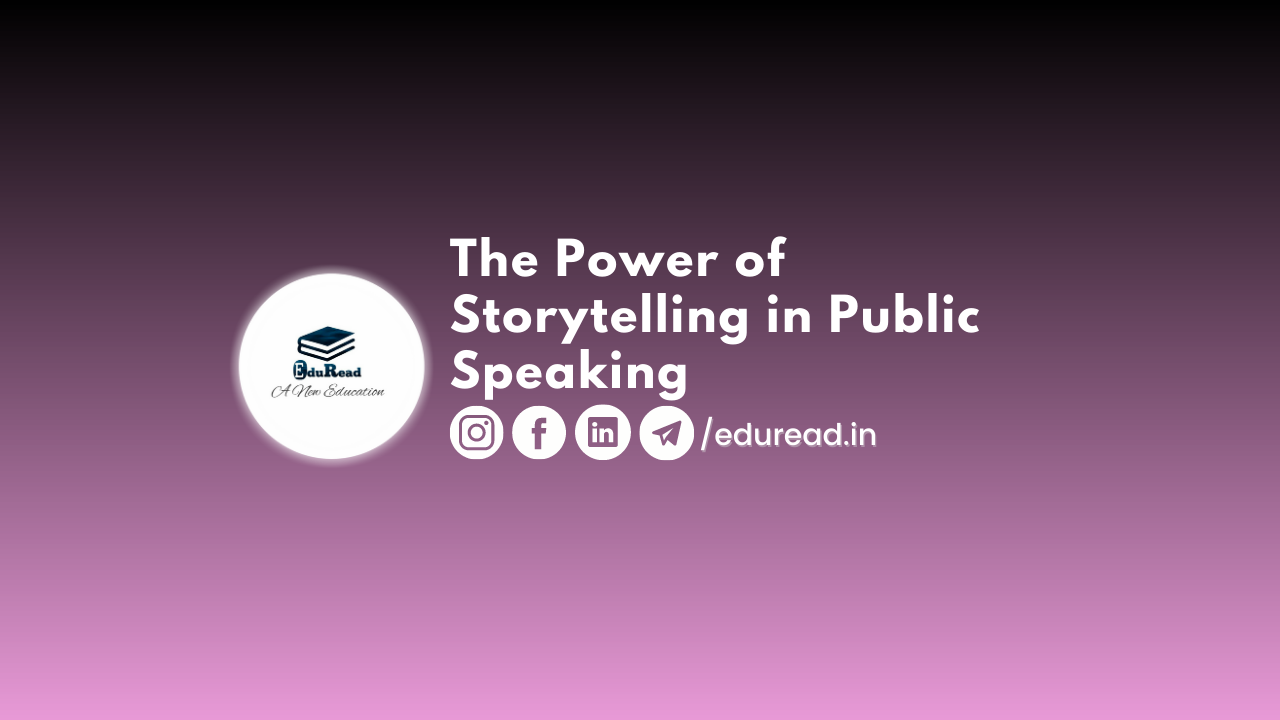Storytelling is an art that has been passed down through generations. It is a powerful tool that can be used to enhance public speaking skills. Storytelling engages the audience, captures their attention, and makes the speaker more relatable. In this blog post, we will explore the art of storytelling and how it enhances public speaking skills.
The Power of Storytelling
Storytelling is a powerful tool that has been used for centuries to share information, entertain, and inspire. Stories have the ability to connect with people on an emotional level, which makes them an effective tool for public speaking. When used properly, storytelling can engage the audience and make a presentation more memorable.
Stories are relatable, and people can see themselves in the situations and characters portrayed. They create a connection between the speaker and the audience. This connection can help to build trust and rapport with the audience, making it easier to convey the speaker’s message.
The Benefits of Storytelling in Public Speaking
There are several benefits to using storytelling in public speaking. These include:
- Engaging the audience: Stories capture the audience’s attention and keep them engaged throughout the presentation.
- Creating an emotional connection: Stories evoke emotions, which helps to create a connection between the speaker and the audience.
- Making the presentation more memorable: People remember stories more than they remember facts or statistics.
- Making the speaker more relatable: Stories make the speaker more relatable and help to build trust with the audience.
- Demonstrating authenticity: Sharing personal stories can demonstrate authenticity and help the speaker connect with the audience on a deeper level.
Tips for Effective Storytelling in Public Speaking
- Start with a hook: Begin the story with a hook that captures the audience’s attention and draws them into the story.
- Use descriptive language: Use descriptive language to paint a picture in the audience’s mind and make the story more vivid.
- Keep it simple: Keep the story simple and easy to follow. Avoid complex plots or too many characters.
- Use humor: Humor can be an effective tool in storytelling. It can help to lighten the mood and make the story more enjoyable.
- Be authentic: Share personal stories that are authentic and relatable. This helps to build trust with the audience.
- Use pauses: Use pauses to build suspense and emphasize important points in the story.
- Practice: Practice the story several times before presenting it to an audience. This will help to ensure that the delivery is smooth and natural.
The Dos and Don’ts of Storytelling in Public Speaking
Dos:
- Do use personal stories to demonstrate authenticity and build trust with the audience.
- Do use descriptive language to make the story more vivid and engaging.
- Do practice the story several times before presenting it to an audience.
- Do use pauses to build suspense and emphasize important points.
- Do keep the story simple and easy to follow.
Don’ts:
- Don’t use inappropriate language or content in the story.
- Don’t use complex plots or too many characters.
- Don’t rush through the story. Take your time and allow the audience to fully engage with the story.
- Don’t forget to tie the story back to the main message of the presentation.
- Don’t use humor that may offend or alienate members of the audience.
In conclusion, storytelling is a powerful tool that can enhance public speaking skills. When used effectively, storytelling can engage the audience, create an emotional connection, and make the presentation more memorable. By following these tips and avoiding common mistakes, speakers can use the art of storytelling to become more effective communicators. So go ahead, tell your story, and captivate your audience!
Follow Us for more such content to improve your speaking skills:
To know more, check out here: https://eduread.in/public-speaking-and-leadership-speak-new-york/
And visit us for more.
